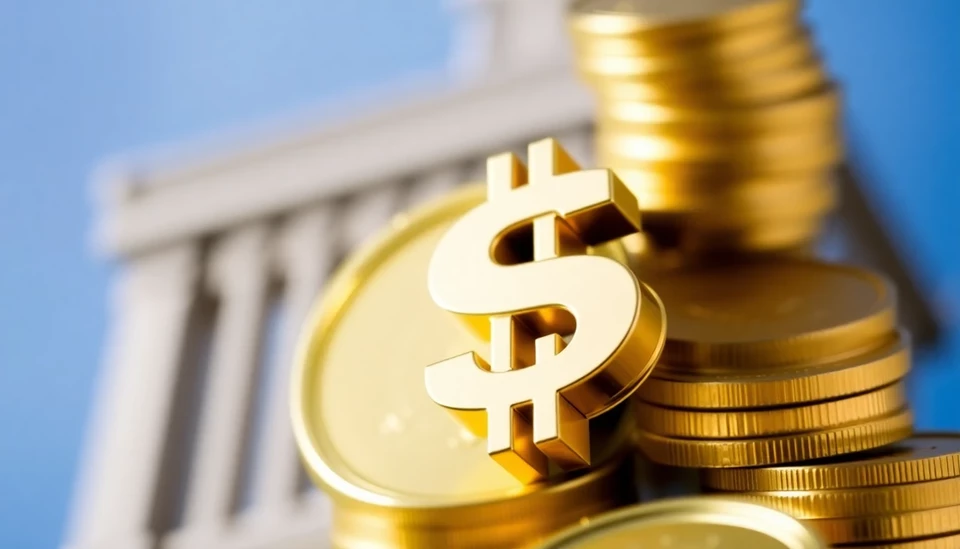
In a sign of strengthening economic optimism, U.S. consumer sentiment has seen a notable increase for the fifth straight month, according to the latest survey released this past December. This trend reflects a growing sense of confidence among households, with consumers increasingly optimistic about their financial situations and the broader economic outlook.
The University of Michigan’s Consumer Sentiment Index, which is a standard measure of consumer confidence, rose to its highest level in nearly two years. This increase comes as good news for businesses and policymakers alike, as consumer sentiment is closely tied to spending habits, which drive a significant portion of the U.S. economy.
Several factors have contributed to this upward trend in sentiment. Foremost among them is the sustained job growth in the U.S. economy, which has bolstered consumer confidence by providing more people with steady income and job security. Additionally, ongoing wage growth in several sectors has further empowered consumers to feel more financially secure.
Another contributing element is the recent decline in inflation rates, which had previously weighed on consumer sentiment. As prices have started to stabilize, consumers report feeling less stressed about their purchasing power, enabling them to spend more freely.
In particular, confidence levels regarding personal finances have seen significant improvements, with numerous respondents expressing a more favorable outlook towards their financial situations over the coming months. This optimism is likely to spur consumer spending, which is critical as the nation heads into the holiday season.
Retailers stand to benefit from this buoyed consumer sentiment, as increased spending not only boosts sales but also stimulates further economic activity. Analysts expect robust sales figures in the lead-up to Christmas, pointing to the positive sentiment as a driving factor behind potential record-breaking holiday shopping periods.
Nevertheless, experts caution that while the trends appear positive, challenges remain. Factors such as interest rate adjustments by the Federal Reserve or potential economic recessions in other parts of the world could catalyze shifts in consumer confidence and spending patterns in the future. Policymakers will need to closely monitor these variables to ensure that the current momentum of increased sentiment translates into sustained economic growth.
As we look forward, the trajectory of consumer sentiment will be pivotal in shaping economic forecasts. Ensuring that this positive sentiment converts into tangible spending is of utmost importance, with implications for everything from retail sales to job creation.
In conclusion, the U.S. consumer sentiment rising for five consecutive months is indicative of a resilient economy, showcasing the positive effects of job growth and diminishing inflationary pressures. Businesses and investors alike will be watching closely as this trend develops, eager to see how it may influence future economic stability and growth.
#ConsumerSentiment #EconomicGrowth #USEconomy #RetailSales #Inflation #JobGrowth #FinancialConfidence
Author: Daniel Foster




